We ship worldwide…
The Top 8 Benefits & Drawbacks of Public CCTV Cameras

The Top 8 Benefits and Drawbacks of Public Surveillance Cameras
Public surveillance cameras have become common worldwide. They are important for the way communities, businesses and governments safeguard public safety everywhere from shopping centers and street corners to airports and schools. Some people claim that cameras provide security and prevent crime while others raise concern about privacy and social trust.
In this blog we will explain the top 8 pros and cons of public surveillance cameras, their benefits against the challenges to understand their impact on society.
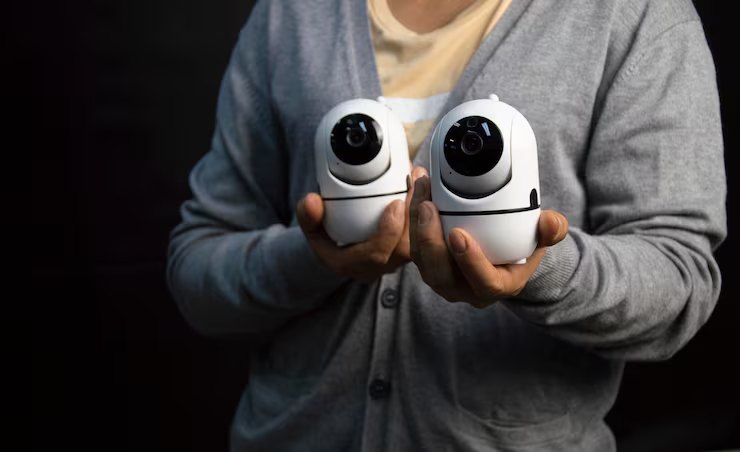
Are Security Cameras an Invasion of Privacy?
Security cameras raise the issue of privacy concerns when they are used in ways that go beyond public security. In places like streets or transport hubs, surveillance is accepted because people have a lower expectation of privacy. But using cameras in sensitive areas like bathrooms and private spaces, clearly becomes an invasion of privacy.
The key issue is how the footage is used. With proper laws, warrants and limits, cameras can serve public safety without crossing into personal intrusion. Without safeguards, they risk becoming a tool for constant and unnecessary monitoring.
Benefits of Public Surveillance Cameras
1. Crime Deterrence:
One of the most important benefits of public surveillance cameras is their ability to prevent crime. The visible presence of cameras can discourage potential offenders from doing any illegal activities like theft and assault. According to studies areas that have surveillance see reduction in crimes as offenders fear being recorded.
2. Evidence Collection:
Cameras act as objective observers. Recorded video can serve as important evidence for court cases and law enforcement investigations following any incident. This helps establish facts and identify suspects. For instance, video evidence that would otherwise be impossible to obtain has helped solve numerous high profile cases.
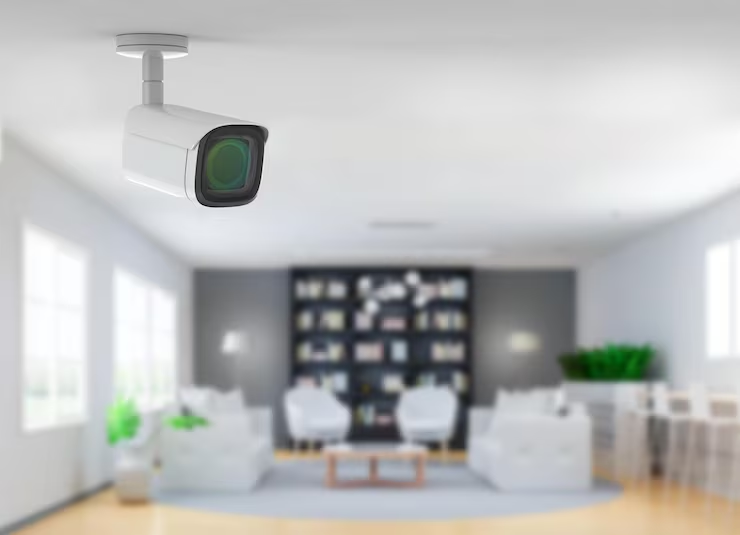

3. Improved Public Safety:
High risk locations, busy intersections and public transportation hubs, are monitored by surveillance cameras. This monitoring helps in quick detection of crises like fires, accidents and questionable activity. Real time monitoring frequently enables authorities to act more quickly, possibly averting damage or saving lives.
4. Cost Effective Policing:
Hiring more officers for round the clock patrols can be expensive. Cameras provide a cost effective way to extend the reach of law enforcement agencies. While they don’t replace human presence entirely, they serve as a force multiplier, enabling fewer officers to oversee larger areas with the help of technology.
Drawbacks of Public Surveillance Cameras
1. Privacy Concerns:
Privacy invasion is the main disadvantage of surveillance. People may feel they are constantly watched even when engaging in lawful and everyday activities. This raises concern about freedom of expression and personal autonomy.
2. Possibility of Abuse:
Those in positions of authority may abuse surveillance systems. Video footage may be used for political, discriminatory, or private ends by authorities or even rogue individuals with access. The same instrument intended to safeguard communities could erode confidence in public institutions in the absence of stringent oversight and regulation.
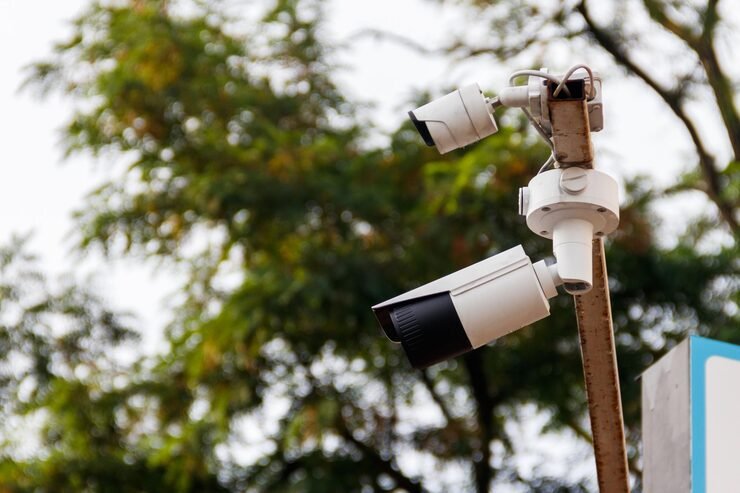
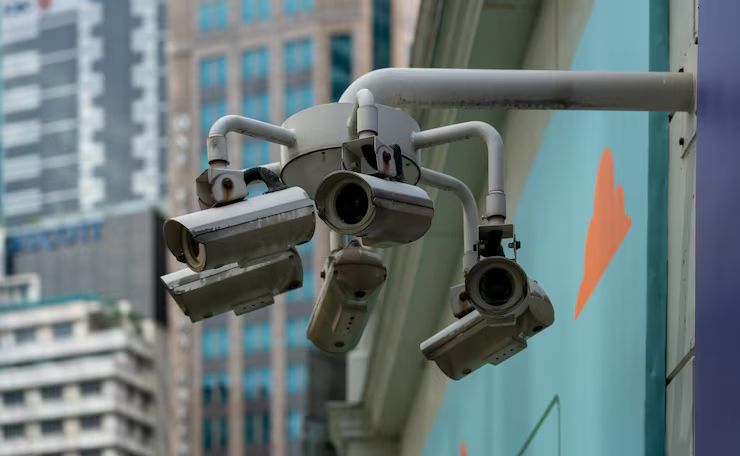
3. High Costs of Installation and Maintenance:
Cameras may reduce the need for employees, but they can be costly to set up and upgrade technically. To guarantee that cameras are operational, safe from hacking and updated with cutting edge features like high resolution photography and artificial intelligence analytics, governments and corporations must set aside sizable sums of money.
4. False sense of Security:
They might stop some crimes but cameras don’t stop every incident. A false sense of security brought on by an over reliance on surveillance can cause people and companies to overlook important security precautions.
Laws on Surveillance Cameras in Public Places
Laws on surveillance cameras in public places are limited and not covered by a single regulation. Most rules are based on broader legal principles instead of dedicated surveillance laws.
For example, placing cameras in sensitive areas such as bathrooms, changing rooms and hotel rooms, where people have a reasonable expectation of privacy is prohibited and can be punished under the Indian Penal Code and the Information Technology Act, 2000.
The Right to Privacy also restricts excessive surveillance. This constitutional protection allows for the challenge of any misuse of video data that violates personal privacy.
Guidelines for the gathering, storing, and use of personal data, including video footage, are also established by the recently passed Digital Personal Data Protection Act (2023).
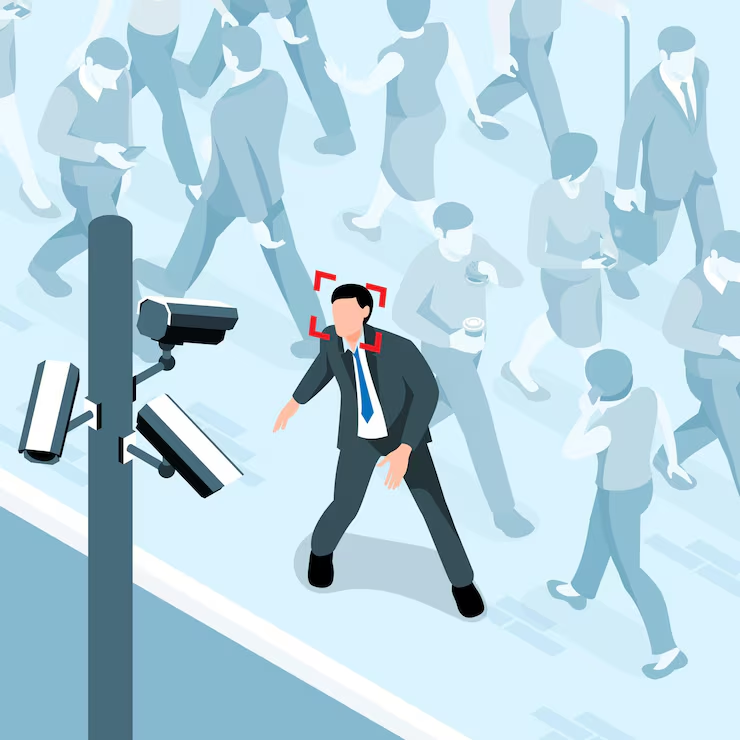
Frequently Asked Questions:
Q. Are public surveillance cameras effective in preventing crime?
Ans: According to studies areas that have surveillance see reduction in crimes as offenders fear being recorded. The visible presence of cameras can discourage potential offenders from doing any illegal activities like theft and assault.
Q. Can I access public cameras?
Ans: Live feeds from public CCTV are not available for the general public. They are monitored by municipal authorities and private security agencies. Access to security footage requires a legal process.
Q. Do security cameras invade privacy?
Ans: How and where they are used determines this. Cameras are usually allowed in public places like streets and transit hubs because people don’t expect as much privacy. But using cameras in sensitive areas like bathrooms and private spaces, clearly becomes an invasion of privacy.
Q. How do you know if you are under police surveillance cameras in public places?
Ans: Police cameras are usually placed in visible areas like streetlights and traffic intersections. They are usually marked or noticeable by their dome shape or mounted poles. Although local laws differ, authorities are required to post signs in many places informing the public when surveillance is taking place.
Conclusion
Public surveillance cameras are useful tools. But how they are used define how effective they are. The secret is finding the correct balance between safety and privacy. Societies can work toward structures that promote security by accepting both their benefits and drawbacks. In the end, cameras can help make cities safer but they should never come at the cost of affecting the trust and liberty.

 WiFi Camera
WiFi Camera
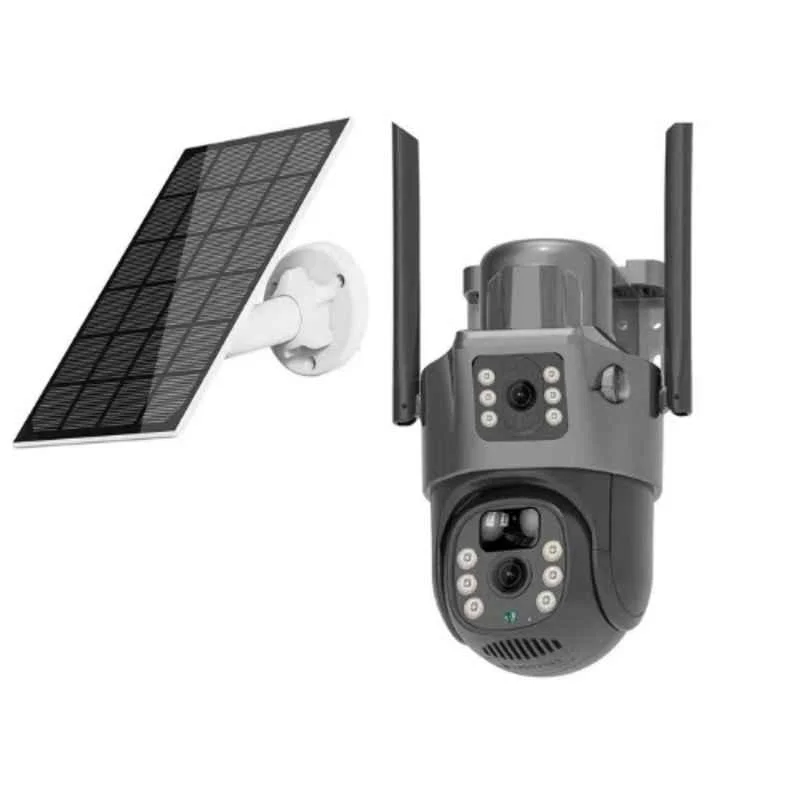 Solar Camera
Solar Camera